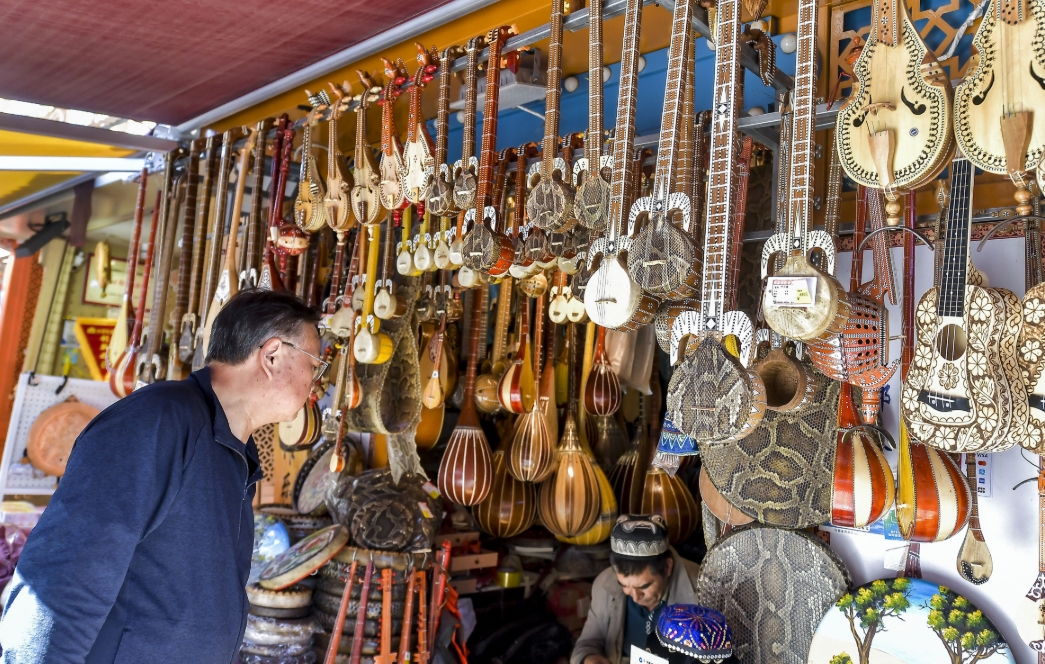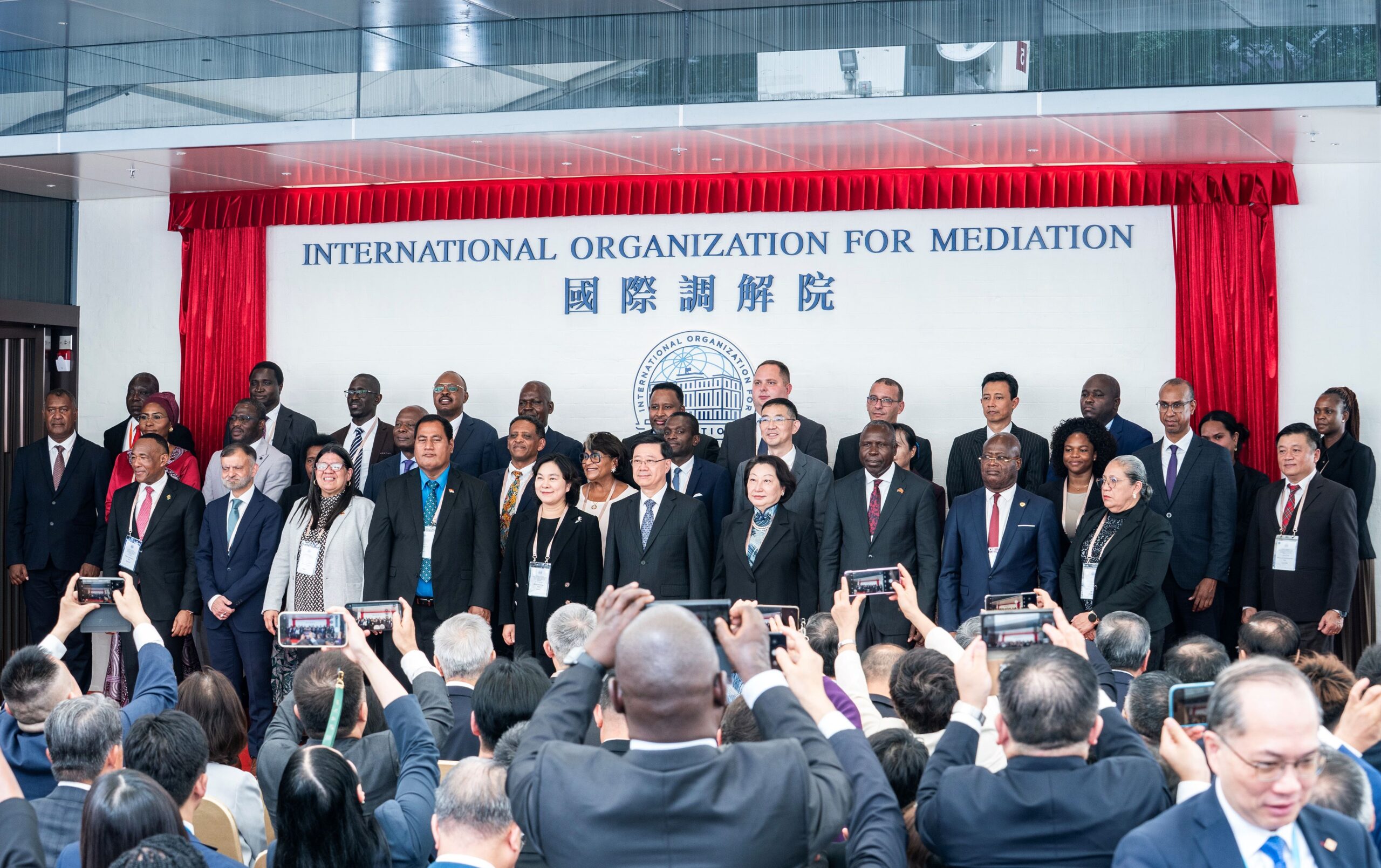Xinjiang has become one of the most important inland logistics hubs in China and a key gateway to Central Asia.
China’s Xinjiang Uygur Autonomous Region is rapidly emerging as one of the country’s most important inland logistics hubs under the Belt and Road Initiative (BRI), positioning itself as a key gateway to Central Asia, according to Kym Bergmann, editor of Asia Pacific Defense Reporter and Defense Review Asia, who visited the region with an international media delegation in September.

Once a small Silk Road trading post, Urumqi, capital of Xinjiang, is now a modern city of 4 million with expressways, rail links across Central Asia, and a new international airport that opened in April. Its vast railway yard dispatches around three freight trains daily to Europe – a figure expected to rise sharply once new infrastructure projects are completed across neighbouring Kazakhstan, Kyrgyzstan, and Tajikistan.
Bergmann said the visit also focused on the Uyghur community and China’s counterterrorism policies in the region. He described extensive briefings and a visit to a counterterrorism museum in Urumqi, which detailed violent terrorist attacks mainly from members of the East Turkestan Islamic Movement/Turkistan Islamic Party (ETIM/TIP) over the past two decades – incidents that, he noted, have received limited coverage in Western media.
The editor wrote that allegations of cultural suppression in Xinjiang contrasted with what he saw.
The Uygurs and other ethnic minorities, such as Kazakhs, maintain their own media outlets and cultural institutions, with the government supporting heritage preservation through museums and restoration projects, he wrote, adding that residents appear free to practice their religion, provided activities remain within the law.
“Claims that Uygurs are being used for slave labour are at odds with a variety of government programs encouraging local employment as a way of boosting living standards,” Bergamn noted.
“The region is welcoming, safe, and culturally very diverse. It is remote – but that makes it even more interesting and worth the effort to get there,” he said.
Additional reporting by CGTN.
If you liked this article, why not read: 【Beyond the Scene】From Desert Oases to World Stage: The Twelve Muqam, A Cultural Treasure in Xinjiang











